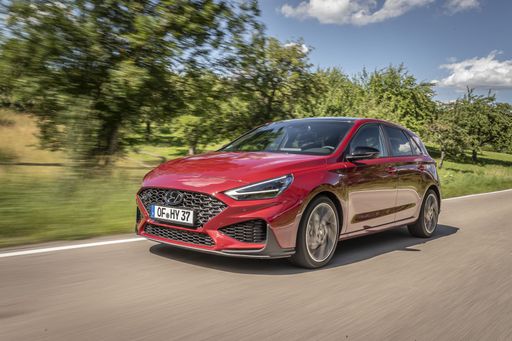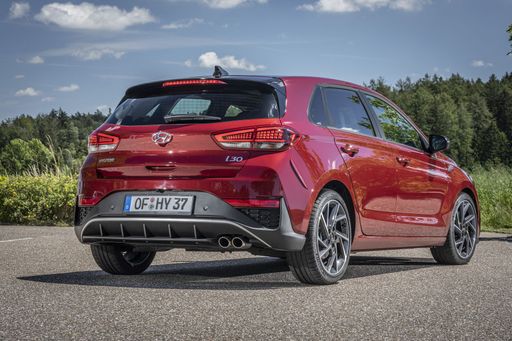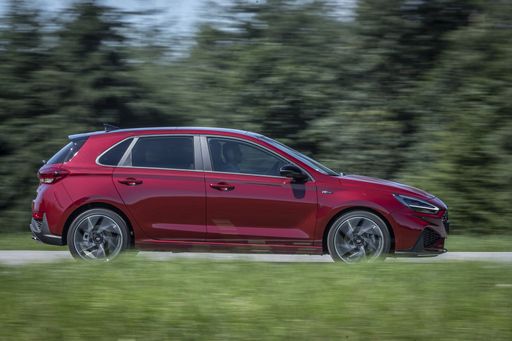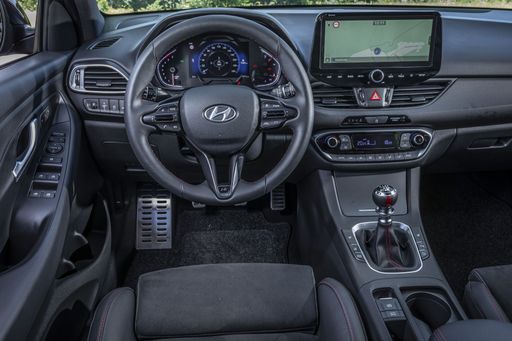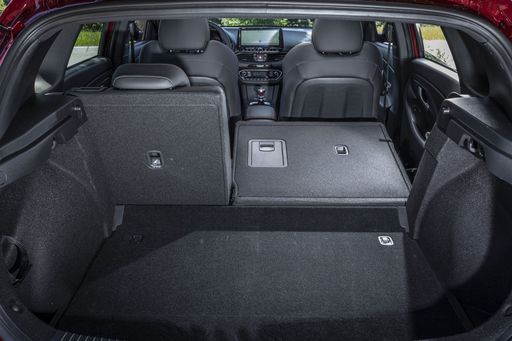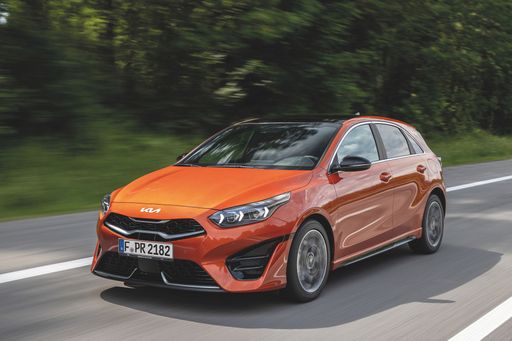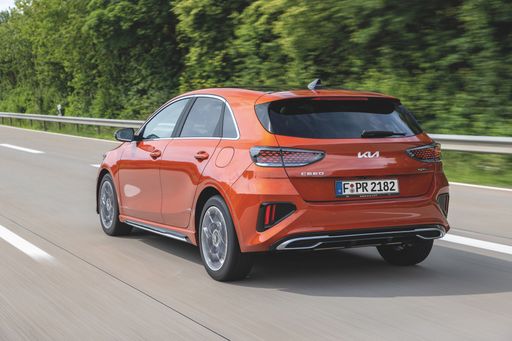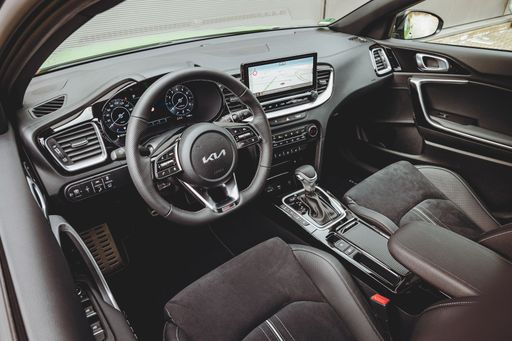Hyundai i30 vs Kia Ceed: A Tail-of-the-Tape Comparison
In the world of compact hatchbacks, the Hyundai i30 and Kia Ceed stand out as two of the most appealing options for budget-conscious drivers looking for style, performance, and practicality. With both models undergoing significant updates for the 2024 model year, it's time to dive deep into a head-to-head comparison to determine which hatchback is worth your investment.

